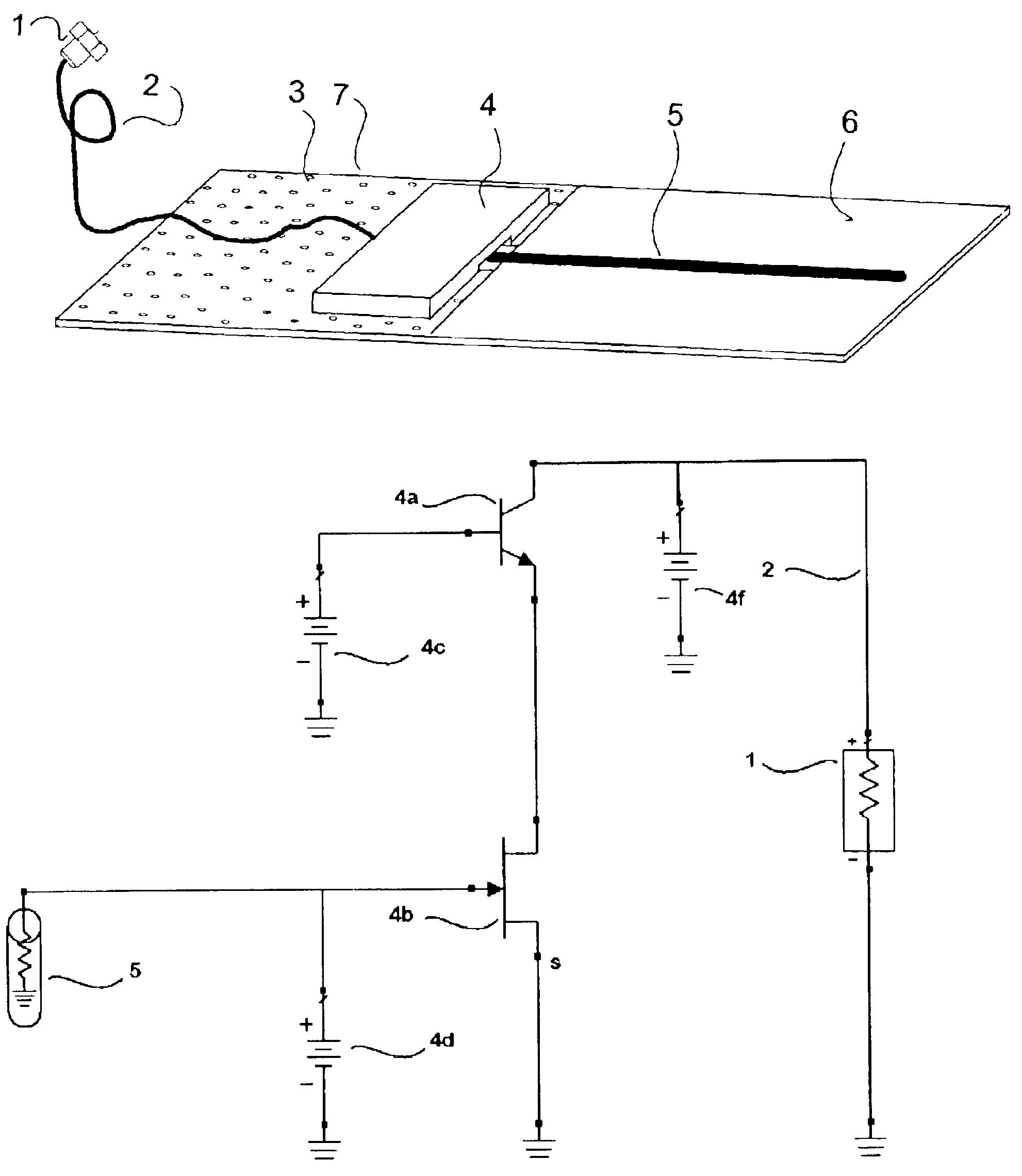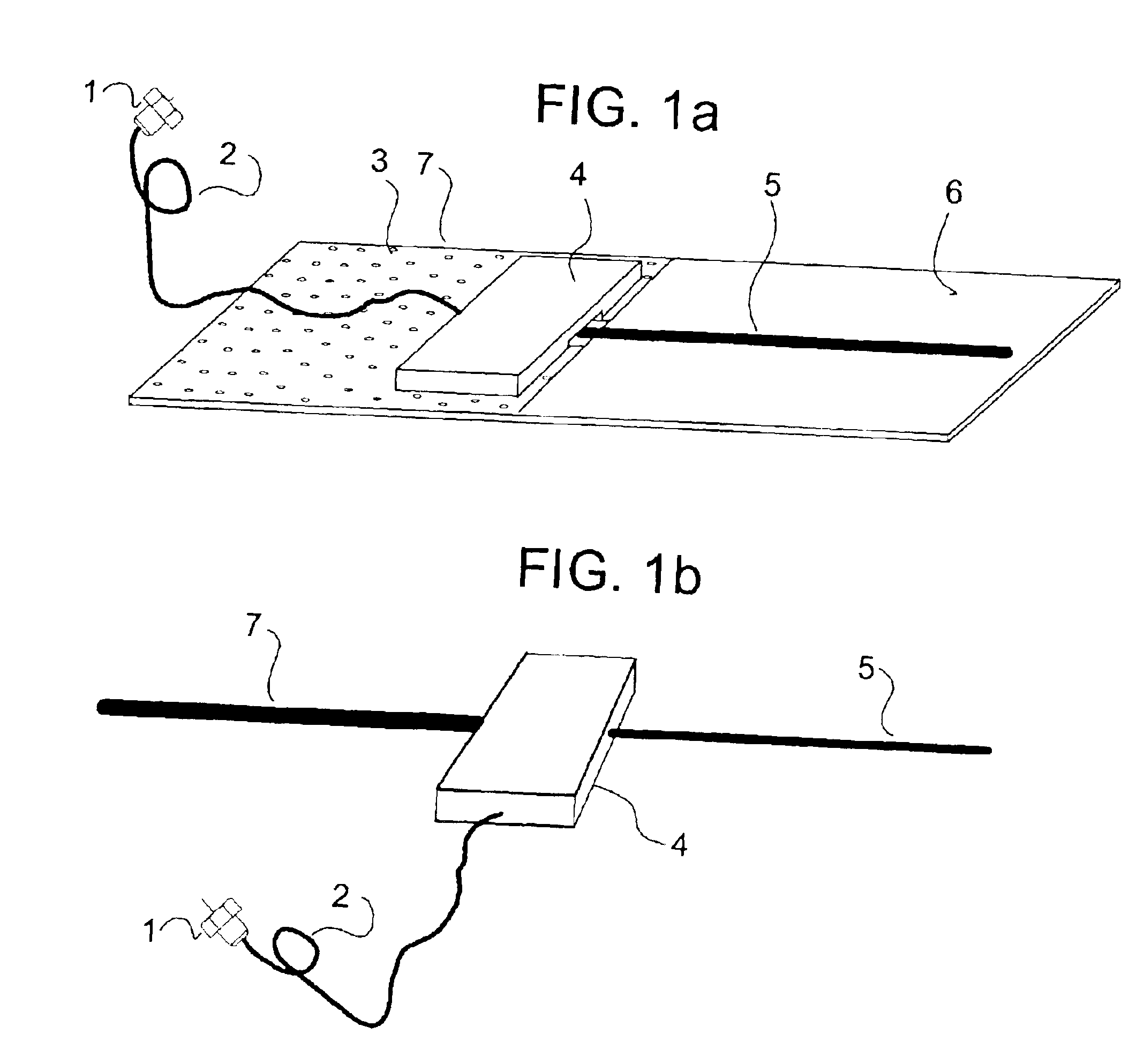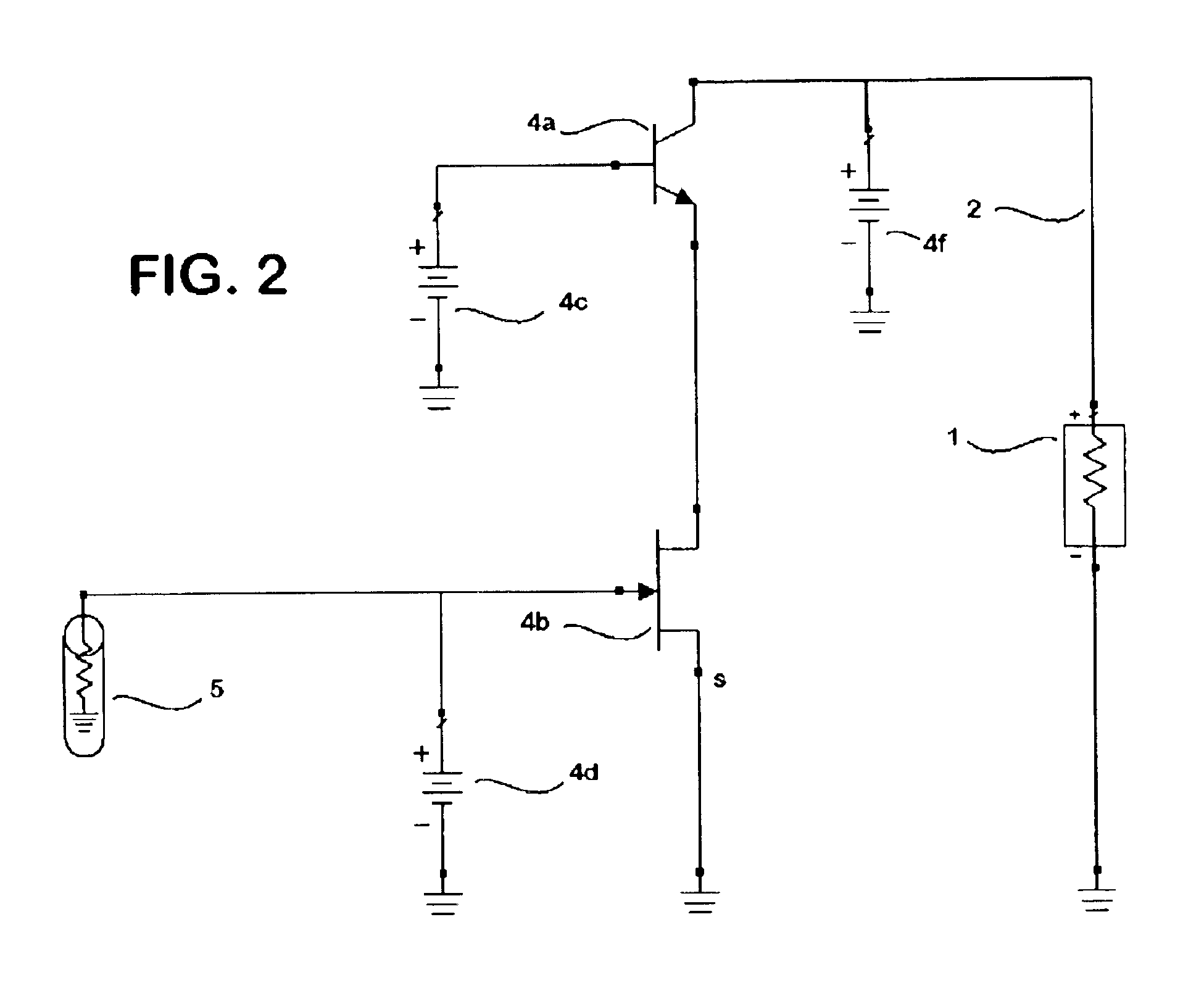Miniature ultra-wideband active receiving antenna
a technology of active receiving antenna and ultra-wideband, which is applied in the field of radio frequency antennas, can solve the problems of limiting the range of frequencies that can be efficiently received, affecting the effective operation of the active receiving antenna, and the area of traditional indoor tv antenna design and active receiving antennas that have not met these goals, etc., to achieve efficient couple received power, reduce the size of the antenna, and reduce the effect of interferen
- Summary
- Abstract
- Description
- Claims
- Application Information
AI Technical Summary
Benefits of technology
Problems solved by technology
Method used
Image
Examples
Embodiment Construction
[0027]A preferred embodiment of the invention will be described within the context of a compact, inexpensive datacasting receiver, without limitation of the many other purposes and uses of antennas according to various embodiments of the present invention. It will be apparent to one of ordinary skill in the art that antennas and embodiments of the invention are also applicable to many other radio frequency reception applications; the actual source or nature of the signals and their use by some associated device is immaterial to the invention. Other end uses, for example, could include wireless networks such as IEEE 802.11 (b) WiFi, cellular telephony, satellite receivers, commercial broadcast, and automobile or other mobile application antennas for the reception of a wide range of broadcasts such as GPS navigation information, traffic conditions information, MP-3 music players with content supplied by broadcasters. Other applications could include MDS, broadband cellular / satellite c...
PUM
 Login to View More
Login to View More Abstract
Description
Claims
Application Information
 Login to View More
Login to View More - R&D
- Intellectual Property
- Life Sciences
- Materials
- Tech Scout
- Unparalleled Data Quality
- Higher Quality Content
- 60% Fewer Hallucinations
Browse by: Latest US Patents, China's latest patents, Technical Efficacy Thesaurus, Application Domain, Technology Topic, Popular Technical Reports.
© 2025 PatSnap. All rights reserved.Legal|Privacy policy|Modern Slavery Act Transparency Statement|Sitemap|About US| Contact US: help@patsnap.com



